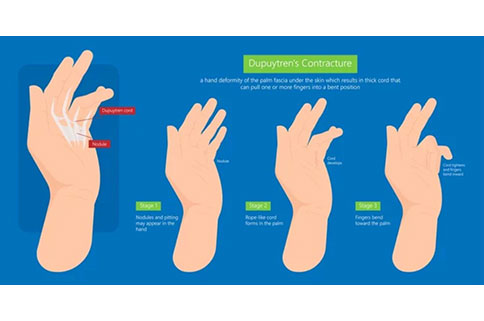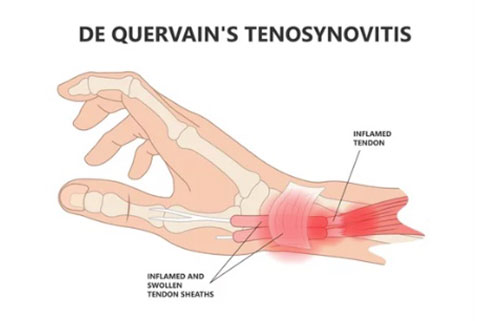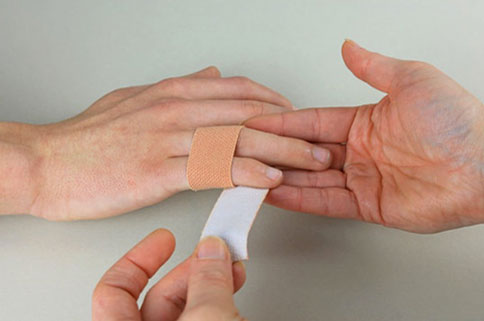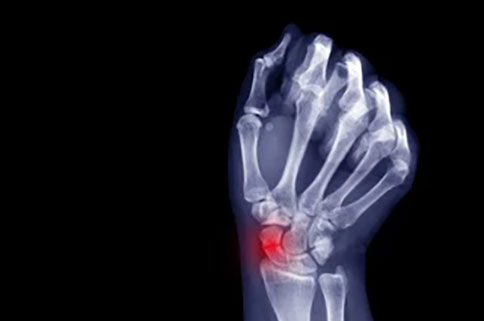
Dupuytren contracture is a usually, painless condition that causes one or more fingers to bend toward the palm of the hand and the affected fingers can’t straighten completely. It affects the tissue beneath the skin of the palm and fingers causing thick, scar-like tissue to form in the palm, which can eventually pull the fingers into a bent position.
Causes of Dupuytren contracture
The cause of Dupuytren’s contracture is not fully understood and very complex but it is more common in people of northern European descent and those with a family history of the condition. Other factors that may increase the risk of developing Dupuytren’s contracture include age, gender (men are more likely to develop the condition), diabetes, smoking and alcoholism.
Symptoms of Dupuytren contracture
Symptoms of Dupuytren’s contracture usually include lumps, nodules, and bands or cords on the palmar side of the hands. The lumps are generally firm and stuck to the skin of the palm. Skin can seem thicker and puckered and areas are swollen and puffy. In other areas the skin is puckered and pulled down like a pothole. Thick cords may develop from the palm into one or more fingers. These cords may cause bending of the fingers. The ring finger and little finger are most involved.
One or both hands can be affected and each hand can be affected in a different pattern and at different times.
Treating Dupuytren contracture
The presence of a lump in the palm does not mean that treatment is required or that the disease will progress. Also, not all lumps in the palm are Dupuytren’s so, a correct diagnosis in consultation with Dr Singh is important.
In mild cases, no treatment may be necessary, and the condition can be monitored over time. In more severe cases, treatment options may include:
- Steroid injections: Injecting steroids into the affected area can help reduce inflammation and improve hand function.
- Needle aponeurotomy: This involves using a needle to puncture and break up the cords of tissue that are causing the fingers to bend.
- Collagenase injections: Collagenase is an enzyme that can dissolve the cords of tissue causing the contracture, allowing the finger to straighten.
In severe cases, surgery may be necessary to remove the thickened tissue and release the contracture. Surgery may also be recommended if the condition is causing significant disability or impacting the ability to perform daily activities.
 Christmas Operating Hours
Christmas Operating Hours 



















